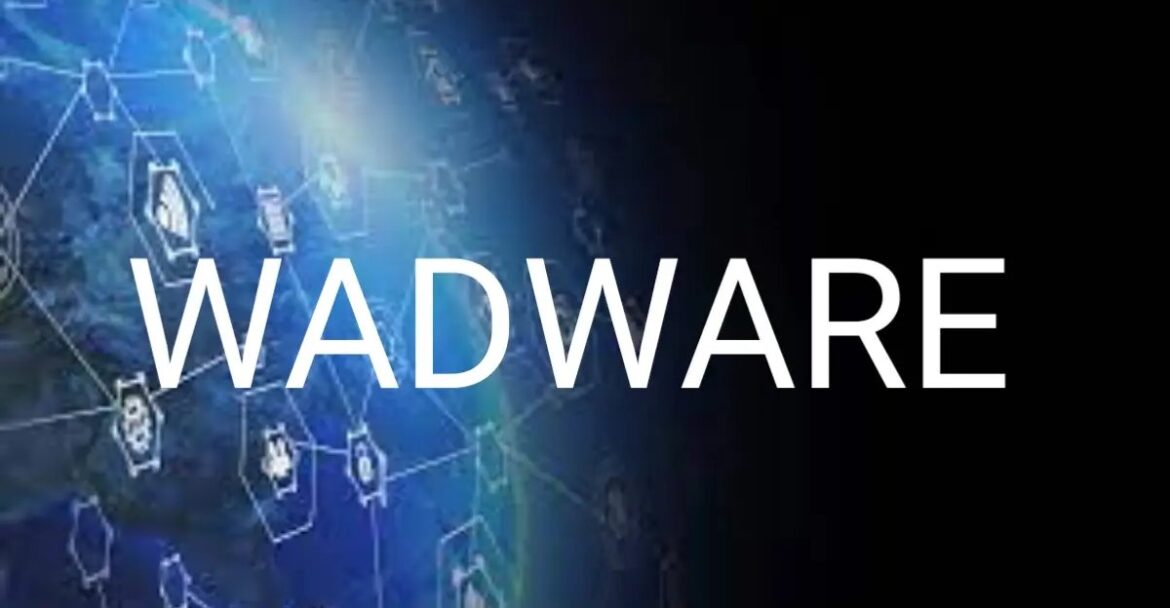In the ever-evolving landscape of technology, where hardware and software intertwine to power our daily lives, there exists a lurking menace that threatens the very essence of our digital existence Wadware. This insidious form of malware has been wreaking havoc on computer systems and networks, posing significant risks to individuals, businesses, and organizations alike. In this comprehensive guide, we delve deep into the realm of Wadware, exploring its origins, functionalities, impacts, and most importantly, the measures to protect against it.
Understanding Wadware
What is Wadware?
Wadware, a portmanteau of “wad” and “malware,” refers to a malicious software specifically designed to exploit vulnerabilities within computer systems and networks. Unlike conventional malware, it operates covertly, often evading detection by traditional security measures.
The Evolution of Wadware
Over the years, Wadware has evolved significantly, adapting to advancements in hardware and software technologies. Initially conceived as simple scripts aimed at causing nuisance or disruption, modern iterations of Wadware are sophisticated and multifaceted, capable of infiltrating even the most fortified systems.
How Wadware Works
Infiltration and Propagation
Wadware typically infiltrates computer systems through various vectors, including malicious email attachments, compromised websites, or infected removable media. Once inside a system, it employs stealthy propagation techniques to spread across networks and devices, maximizing its impact.
Functionality
Once activated, it executes its malicious payload, which can range from data theft and system corruption to unauthorized access and control. Some variants of it are designed to remain dormant, waiting for specific triggers or commands before unleashing their destructive capabilities.
Impacts of Wadware

On Individuals and Businesses
The consequences of a it infection can be devastating for both individuals and businesses. From financial losses and reputational damage to legal ramifications and operational disruptions, the fallout of a it attack can be far-reaching and long-lasting.
Data Breaches and Privacy Violations
Wadware poses a significant threat to data security and privacy, with many variants engineered to exfiltrate sensitive information such as personal credentials, financial data, and intellectual property. The aftermath of a data breach can be catastrophic, eroding trust and undermining confidence in affected organizations.
Protecting Against Wadware
Best Practices and Security Measures
In light of the escalating threat posed by Wadware, implementing robust cybersecurity measures is imperative. This includes:
- Regular Software Updates and Patch Management: Keeping software and operating systems up to date helps mitigate known vulnerabilities exploited by it.
- Use of Antivirus and Anti-Malware Software: Deploying reputable antivirus and anti-malware solutions can help detect and neutralize it infections before they cause significant harm.
- Employee Training and Awareness Programs: Educating users about the risks of phishing attacks and unsafe browsing practices can significantly reduce the likelihood of it infiltration.
- Network Segmentation and Access Controls: Implementing strict access controls and segmenting networks can limit the spread of it within organizational infrastructures.
- Data Encryption and Backup: Encrypting sensitive data and maintaining regular backups ensures data integrity and facilitates recovery in the event of a it attack.
The Future of Wadware
As technology continues to evolve, so too will the threat landscape surrounding it. With the proliferation of Internet-connected devices and the increasing sophistication of cybercriminals, the risk of it attacks is likely to escalate in the years to come.
Conclusion
In conclusion, Wadware represents a formidable threat to the integrity and security of our digital world. By understanding its origins, functionalities, and impacts, as well as implementing robust cybersecurity measures, individuals, businesses, and organizations can effectively mitigate the risks posed by it and safeguard their digital assets against malicious exploitation. As we navigate the complex terrain of cyberspace, vigilance and proactive defense remain our most potent weapons against the ever-present menace of it.
1. What is Wadware?
It is a type of malicious software (malware) designed to exploit vulnerabilities in computer systems and networks. It can infiltrate systems through various vectors and execute malicious activities, such as data theft, system corruption, and unauthorized access.
2. How does Wadware differ from other types of malware?
It is specifically tailored to evade detection by traditional security measures and can remain dormant within a system until activated. Unlike some malware, which may cause immediate damage upon infiltration, it often operates covertly, maximizing its impact over time.
3. What are the common entry points for Wadware?
It can infiltrate computer systems through various entry points, including malicious email attachments, compromised websites, infected removable media, and software vulnerabilities. Cybercriminals often exploit human error and lax security practices to propagate it.
4. What are the potential impacts of a Wadware infection?
A it infection can have significant consequences, including financial losses, reputational damage, legal ramifications, and operational disruptions. It can lead to data breaches, privacy violations, and compromise sensitive information, posing a threat to individuals, businesses, and organizations.
5. How can I protect my computer or network against Wadware?
Implementing robust cybersecurity measures is essential to protect against it. This includes keeping software and operating systems up to date, using reputable antivirus and anti-malware software, educating users about security best practices, implementing network segmentation and access controls, and regularly encrypting sensitive data and maintaining backups.
6. What are some signs of a Wadware infection?
Signs of a it infection may include unusual system behavior, such as slow performance, frequent crashes, unexpected pop-up messages, unauthorized access attempts, and unusual network activity. If you suspect a Wadware infection, it is crucial to take immediate action to mitigate the damage and prevent further spread.
7. Can Wadware be removed once it infects a system?
While removing it can be challenging, reputable antivirus and anti-malware software can detect and neutralize most it infections. In some cases, professional assistance may be required to thoroughly clean and restore infected systems to a secure state.
8. How can organizations enhance their resilience against Wadware attacks?
Organizations can enhance their resilience against it attacks by implementing comprehensive cybersecurity measures, conducting regular security assessments and audits, fostering a culture of cybersecurity awareness among employees, and establishing incident response plans to effectively mitigate and recover from it incidents.
9. Is there a risk of Wadware evolving in the future?
Yes, as technology evolves, so too will the threat landscape surrounding it. Cybercriminals are constantly innovating new techniques and strategies to evade detection and exploit emerging vulnerabilities. Therefore, it is essential for individuals, businesses, and organizations to remain vigilant and proactive in their cybersecurity practices.








